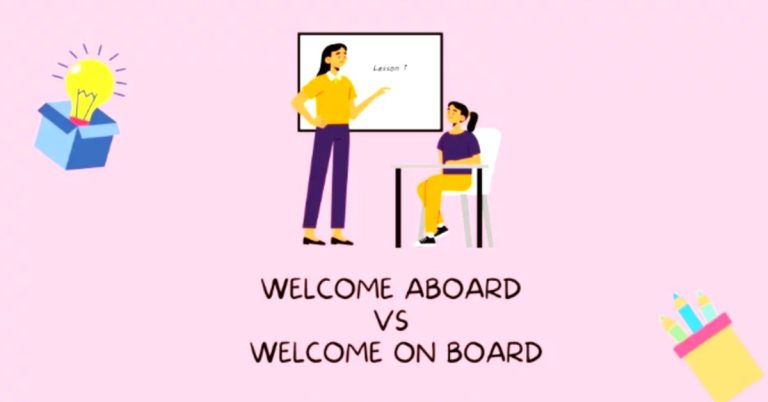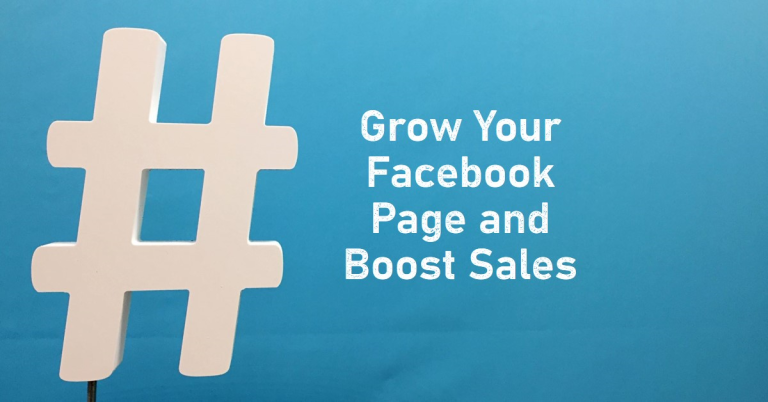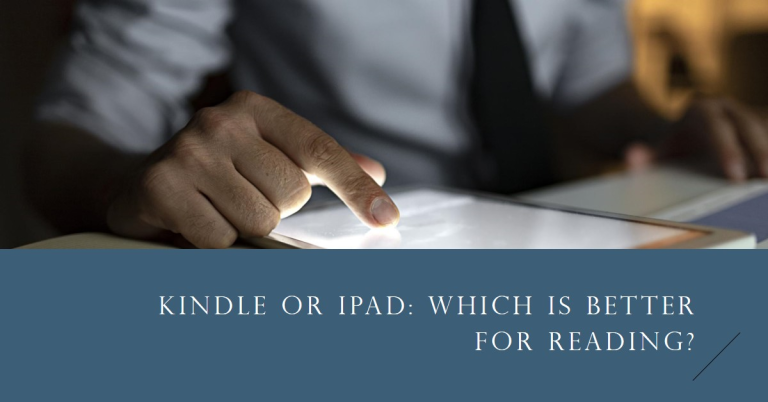In the modern world, terms like “hard copy” and “soft copy” are regularly used daily, particularly while managing archives and data. There are two main ways to store and retrieve information and data captured by these concepts. In this article, contentlypro will provide you with the implications of hard copy and soft copy, their benefits, and briefly understand their importance in this day and age.
What is a Hard Copy?
The hard copy meaning is the Printed Version. A hard copy is a physical version of data or information, typically as printed text or images on paper or other materials. This version has been needed for a long time and remains a typical method for safeguarding, sharing, and conveying reports.
Here are a few central issues and benefits of printed copies:
1. Tangibility
One of the principal qualities of a printed copy is its substantial nature. It tends to be held, felt, and truly analyzed. This quality makes it easy to read and share without needing electronic devices, as it has a physical aspect that engages our tactile senses.
2. Durability
Hard copies are known for their durability. Once printed, they are generally immune to data loss caused by technical issues such as system crashes or data corruption.
3. Universal Accessibility
Hard copies are available to everybody, regardless of their access to computerized gadgets or the Internet. This general accessibility makes them significant in different settings, including training, legal documents, and communication in remote or underserved regions.
5. Legal and Official Documents
Numerous legal and official documents, like agreements, deeds, and certificates, require printed versions with actual signatures for genuineness and lawful legitimacy.
6. Permanent Record
Printed versions frequently act as permanent records stored in archives, libraries, or actual documenting frameworks.
What is a Soft Copy?
The soft copy meaning is a Digital form. It is a digital form of information that can be stored and accessed electronically. It is the opposite of a hard copy, a physical representation of information, such as a printed document. Soft copies are ubiquitous in our digitally advanced world and come in various digital formats, including PDFs, Word documents, images, audio, and videos.
Here are the central issues and benefits of soft copies:
1. Advanced Format
Soft copies are stored in advanced formats, considering simple altering and adaptability. Computerized forms can be made, altered, and transmitted efficiently.
2. Portability
Soft copies are profoundly compact. They can be accessed on different electronic devices, including PCs, cell phones, tablets, and tablets, given that suitable programming is accessible. This compactness allows access to data quickly, improving comfort.
3. Space Efficiency
Soft copies require inconsiderable physical storage space, making them suitable for conditions where physical space is confined, such as electronic libraries, online databases, and cloud storage. This efficiency is especially tremendous in our ongoing reality, where data is made and shared at an uncommon rate.
4. Cost Efficiency
The creation and transport of soft copies are often cost-effective. They eliminate the necessity for printing, shipping, and physical storage, reducing expenses and normal impact.
5. Eco-Friendly
Using digital copies is more environmentally friendly because it reduces paper usage and the carbon footprint associated with printing, transporting, and storing physical documents.
Soft Copy Vs Hard Copy
Soft copy and hard copy are terms that refer to different types of reports or information storage:
Soft Copy or Digital Copy
- A soft copy, also called an electronic or digital copy, is a digital version of information that can be stored and accessed electronically, such as a computer or website document.
- Soft copies are commonly in computerized configurations, for example, PDF, Word document, pictures, recordings, or whatever other document can be seen on a screen.
Hard Copy or Printed Copy
- A hard or printed copy, also called a physical copy, is a physical version of information that can be printed on paper, such as a book or a report.
- They are normally more long-lasting and might be required for lawful or documented purposes.
Here are a few examples to represent the contrast between soft copy and hard copy:
- A digital book on your tablet or PC is a soft copy, while a printed book is a hard copy.
- A computerized photo on your camera or cell phone is a soft copy, however, a printed photo is a hard copy.
- An email or a computerized agreement is a soft copy, while an actual letter or a paper contract is a Hard copy.
Conclusion:
The choice between the hard copy and soft copy frequently relies upon the particular requirements and preferences of the client, the context, and the intended use of the information or document. Soft copies are more helpful for speedy sharing and altering, while hard copies give a more substantial and durable format for specific purposes. We hope the information shared in this blog will give you a comprehensive understanding of the difference between soft copy and hard copy.








